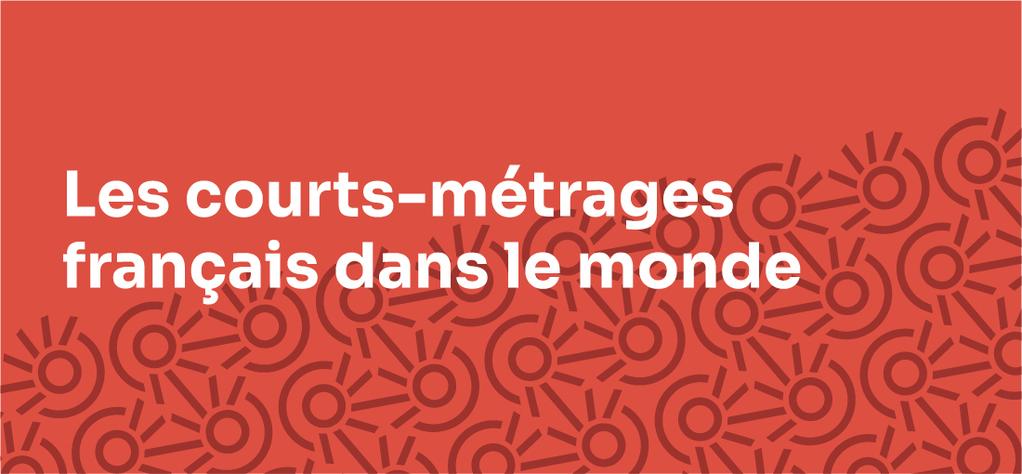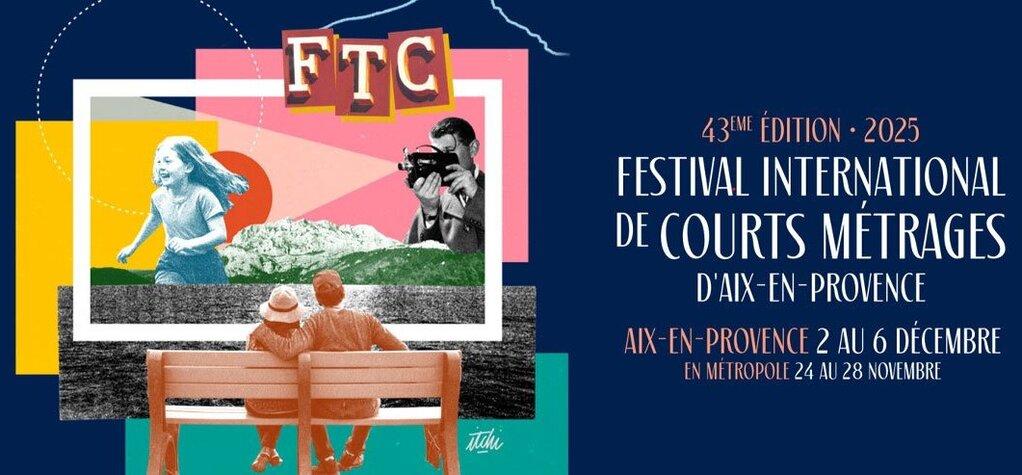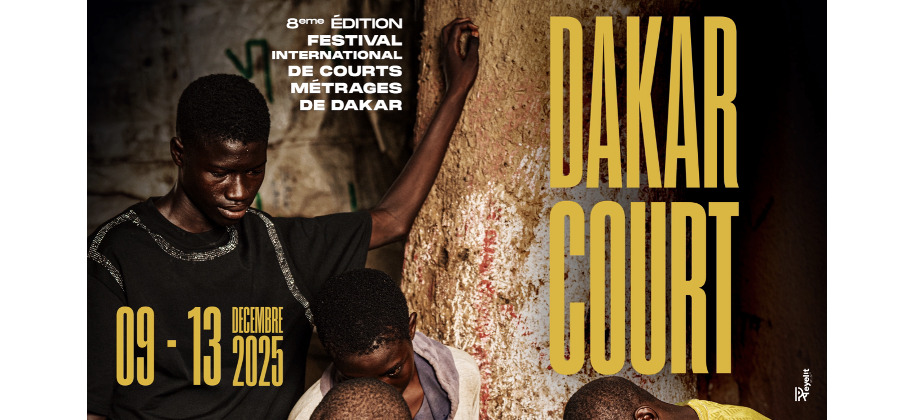The CNC and Unifrance met on Wednesday October 18, to present the consolidated sales and admissions figures for French films released abroad in 2022 as part of the 2022 cinema export report (presentation downloadable via this this link). In attendance were Cécile Lacoue, Director of Studies, Statistics and Strategy at the CNC, and Gilles Renouard, Director of the Cinema Department at Unifrance.
2022 can rightly be identified as the year that marked the start of the post-Covid-19 film industry recovery, and the results for 2022 confirm the vital importance of movie theaters and festivals in a film's exhibition cycle. Internationally, French cinema posted a sharp rise in values compared with the previous year, reducing the gap with pre-pandemic levels.
In 2022, French films racked up 31.3 million admissions and €201.5 million in international box office revenues. Attendance rose by 75.4% in one year, and the gap with the average for the three pre-pandemic years was reduced to -46.2%. For the fifth year running, French productions attracted more viewers in France than abroad, where they were exposed to the vagaries of foreign markets and deprived of some of the strong propositions to be launched in 2023. For the fifth time since 2013, the share of French admissions in total worldwide cinema admissions exceeded 2%, proving that the annual growth in French cinema attendance (France + abroad) is proportionally stronger than that of the global market. 2022 was a landmark year for French films on foreign screens: 1,222 films, including 291 new titles, and 3,055 new releases. All-time records! We witnessed the launch of fresh films, titles that are also new but whose launch had been delayed for fear of market upheavals, and unreleased titles whose local launches had been held back for the same reason. The result was a rich, diversified range, inevitably competitive, but essential if we are to encourage the widest possible audience to rediscover the pleasure of discovering works on the big screen - an objective shared by all cinema professionals, regardless of their position in the industry or their geographical origin.As the number of French films in release rose by proportionately less than total annual admissions, it's not surprising to discover that the average result per film was 25,500 spectators (19,000 in 2021, 52,000 in 2019). What's more, it's the productions with under 50,000 and over one million viewers that saw their ranks swell. This resulted in an ever-increasing concentration of the public on a smaller number of works, particularly family films and animation, widening the gap between major successes and average ones.
Triangle of Sadness., a minority-French financed film, topped the list of French international productions in 2022. Six other films passed the symbolic one million spectator mark, including majority-French productions Serial (Bad) Weddings 3, Pil, and The Wolf and the Lion. In all, seven million-spectator films were released in 2022 (as many as in 2018 and 2019!), and a further 61 sold more than 100,000 tickets (68 in 2019). Of the 20 biggest successes in 2022, 14 achieved more admissions abroad than on French territory, compared with seven in 2021 and usually around ten in previous years. 2021 witnessed the domination of minority-French productions (a first) and foreign-language productions, while the balance of power reversed in 2022, the year being marked by a return of spectators to predominantly French productions and French-language productions (the latter displaying much higher repeat ratios, closer to pre-pandemic levels than those of French films as a whole), and by a few minority-French productions and a few highly acclaimed foreign-language productions.
SWhile the breakdown of admissions by genre remained unchanged (comedy, animation, and drama), it was the balance within it that changed once again. After relinquishing the top spot in 2021, comedy/comedy-drama once again asserted itself as the genre that attracted the most viewers internationally. Buoyed by an upturn in European markets, traditionally fond of this genre, and by a renewed and attractive range of films, comedies/dramedies were responsible for one in three admissions to French films abroad in 2022, their highest share in the last ten years! What's more, they showed the second-smallest decline over the 2017-2019 average for all genres combined (-22.8%), after animation (-9.7%), which climbed to second place in the rankings. Admissions for the genre in 2022 even exceeded the average indicator for the decade, representing one ticket in four, again the highest share for this genre in the last ten years. Thanks to dubbing, which is practically compulsory to reach the youngest moviegoers, and a range of films that expands from one year to the next, animation now shares the role of privileged ambassador of French production on the international scene, particularly in less Francophile markets. Only two genres attracted fewer viewers than the previous year: drama (younger audiences returned to cinemas in greater numbers, and demand was mainly for family films) and fantasy/horror/science fiction (deprived of strong powerhouse titles). Adventure/crime/thriller, and documentary films came back into the spotlight. Films defined as arthouse, whose essential range includes both new titles and a very rich and in-demand catalog of classic films, are an integral part of the DNA of French cinema as seen from abroad. In 2022, they once again brought together more than 10 million moviegoers, and it is worth noting that, compared to the 2017-2019 period, arthouse titles fared more favorably (-38.6%) than unclassified titles (-50.2%) and French films as a whole (-46.2%). No high-budget productions made a big splash on the big screen: those with budgets between €5 and €20 million held their own, accounting for almost 70% of annual admissions.
Europe was confirmed as the leading export zone for French films in 2022. What's surprising and sobering is that it accounted for 70% of annual admissions, a first, which implies that the shares of other continents are losing ground (excluding Latin America), despite the fact that there were more moviegoers overall than in 2021 (excluding Asia and Oceania). In Western Europe, Central & Eastern Europe, and Africa & Near & Middle East, the progression and audience figures for French film audiences was higher thans those of local markets, and its here that it approached its pre-Covid-19 level. Although Germany stood out as the leading market in terms of admissions, it was the eastern part of Europe that was remarkable: despite being impacted by the consequences of the Russian invasion of Ukraine, the region offered French productions their best season ever, and the latter played an active role in bringing local audiences back to theaters, particularly in Poland, the new regional leader. As the golden seasons for French cinema in North America and Asia are indissolubly linked to the box-office success of big-budget foreign-language action films, the absence of these since 2018 inevitably explains the more limited contribution of these zones and their greater difficulties in returning to pre-pandemic levels.
As far as international festivals are concerned, there's no denying that 2022 was a great year for France, as it occupied a position that had never been so important within the 10 festivals studied here over the last ten years. In 2022, French cinema had the most films selected (238, more than one in five), the most screenings (353, more than one in four) and received the most awards (50). With the exception of the two North American festivals, France presented more films than the United States at eight festivals, and its presence was particularly strong at Busan, Locarno and the Berlinale. It benefited from the increase in the overall volume of titles selected in 2022 (+36 French titles in one year). French films circulated widely between the 10 events: 27 of the 51 titles selected by three or four festivals were French. This leadership would not be achieved and maintained over the years without taking into account the multicultural nature of French cinema, as three out of four films are the fruit of co-productions between 2.1 countries on average, for a total of 76 foreign partner countries. While French was the second most spoken language after English in the 985 films released in 2022, and the first among the 238 French titles, in the latter 59 other languages could be heard. Deprived of co-productions, French cinema would be weakened. France can boast two outstanding results in 2022. Firstly, the number of French films directed by women rose to 36% of the total, in line with the global average for all nationalities. Secondly, France won a Grand Prix at Cannes, a Silver Lion, and a Silver Bear, all of which were awarded to works directed by two women, Claire Denis and Alice Diop.
French cinema on offer is rich, diversified, and multicultural; it showcases all genres, is made up of both new and classic works; it constantly stands out at festivals, and is recognized by professionals and audiences abroad. Thanks to all these assets, and to the network of professionals working to create and distribute it, French cinema maintained and strengthened its place on the world stage in 2022, and the trends that emerge from an analysis of its performance are positive overall.
Main market indicators of French films abroad in
In theaters:
- 31.3 million admissions and €201.5 million in box office revenues.
- 19.8 million admissions for majority-French productions and 22.6 million for those in the French language.
- 1,222 films in exhibition (including 291 new titles) and 3,055 new releases.
- Seven films topped the one million admissions mark and 61 clocked up more than 100,000.
- Western Europe (14.2 million) and Germany (3.0 million) were respectively the leading geographic zone and country in terms of audience figures.
In international film festivals:*
- 238 French films selected and 353 presentations.
- France remained the leading country in terms of number of films, presentation, and awards received.
- One French film français out of three was directed by a woman.
- One Grand Prix, One Silver Lion, One Silver Bear and 47 other official awards.
* The 10 festivals were: Bafici, Berlin, Busan, Cannes, Locarno, Rotterdam, San Sebastián, Sundance, Toronto, and Venice.
Since its first publication in 1994, the UniFrance annual report on French films has monitored and analyzed the figures for French productions in theaters outside France each year, with its content enriched and expanded over the years. The report about French films on the international scene includes an overall analysis of their theatrical results, 67 country fact sheets (including some 15 with a mini SVOD fact sheet) and an analysis of their presence at international festivals. This annual report is unique among all national movie industries—no other nation is in a position to produce a comparable publication.
The yearbook 2022 and the presentation of the CNC Unifrance study can be downloaded below (in French only).
Study
Unifrance - Bilan cinéma - 2022





























